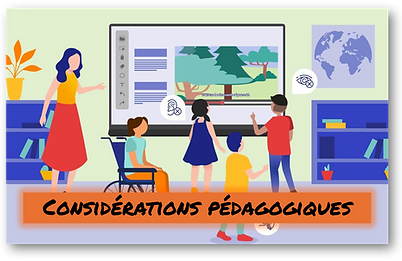EARLY LITERACY PROFILE (ELP)
ORAL LANGUAGE
Reading and writing are representations of oral language. The development of oral language and literacy are linked, since children use their knowledge of language to read and write. Reading relies on oral language skills including phonology, semantics, morphology, syntax and pragmatics. Oral language is the foundation on which reading is built, and it serves this role as children develop their reading skills.
The purpose of the Oral Language Checklist in the ELP is to determine if children are in need of additional oral language support to develop their expressive, receptive, and social language skills.
-
Receptive language involves receiving, understanding, and interpreting spoken language.
-
Expressive language refers to the ability to communicate (express) thoughts and ideas verbally.
-
Social language includes using language in social contexts and interactions.
Oral Language K-3 Checklists in the Early Literacy Profile / Profil de la littératie
Oral language is the foundation of all eventual print literacy learning. Reading and writing reflect one's oral language.
ASSESSMENT PROCEDURE
Video overview on administering and interpreting the oral language checklist in the ELP.

.png)



